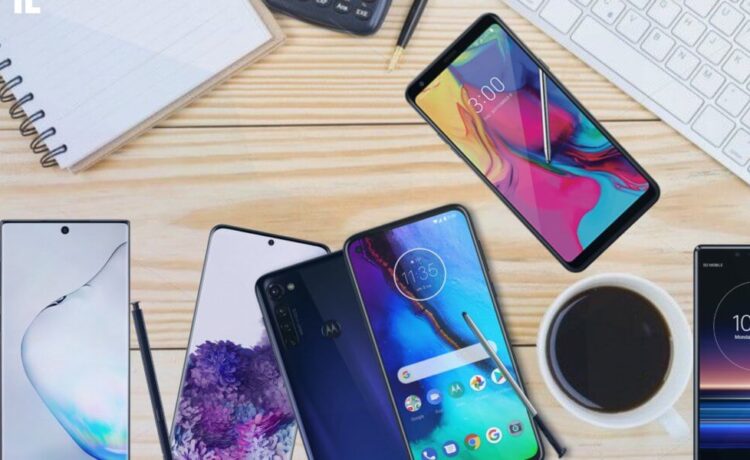You’ve decided to sell your old phone—listed it online, negotiated with buyers, and completed the transaction. But have you ever wondered what happens to your used phone after it leaves your hands? The journey of a second-hand device is more fascinating than you might think, involving refurbishment, reselling, recycling, and more. Let’s explore the various paths your old phone might take.
1. The New Owner: A Fresh Start
The most straightforward outcome is that your phone gets a new owner. Sold through an online marketplace, trade-in program, or store, it begins a new chapter with someone else. This new owner could be a student seeking an affordable device, a parent buying a phone for their child, or anyone upgrading on a budget. The phone is set up with new accounts, apps, and preferences, starting a fresh cycle of use. Many second-hand phones continue to function well, proving that even older models offer value and performance.
2. Refurbishment: A Second Life
If sold to a refurbisher or trade-in program, your phone likely undergoes refurbishment. This process involves a thorough inspection, repair of any issues, and resetting to factory settings. The phone may receive new parts, such as a battery or screen, making it almost as good as new. Refurbished phones are cleaned, tested, and restored to meet quality standards, often resold at a lower price than a new device. They typically come with a warranty, offering buyers confidence in their purchase.
3. Recycling: The Eco-Friendly Path
Not all phones find a new owner. Older or heavily damaged devices might be sent to recycling centers, especially if they’re no longer viable for resale or refurbishment. Recycling reduces electronic waste (e-waste) and recovers valuable materials. Phones are dismantled, and components like gold, silver, copper, and rare earth metals are extracted and reused in new electronics. This process prevents harmful chemicals and materials from ending up in landfills, reducing our environmental footprint.

4. Parts Salvage: Breathing New Life into Other Devices
Phones that are no longer fully functional may be broken down for parts. Components like the battery, screen, or internal circuitry can be salvaged and used to repair other devices. This sustainable approach keeps older devices running and reduces the demand for new parts, supporting the repair industry and allowing more people to fix their phones rather than replace them.
5. Export: A New Market Abroad
In some cases, used phones are exported to other countries with high demand for affordable, second-hand devices. These phones can be a lifeline in regions where new smartphones are too expensive, helping to bridge the digital divide. Exporting used phones makes technology accessible to a broader audience, contributing to the global electronics market and economies worldwide.
Final Thoughts
When you sell your used phone, it embarks on a new journey—whether it’s refurbished, recycled, salvaged for parts, or exported to new markets. Each path extends the device’s life and reduces its environmental impact. Selling your phone isn’t just a transaction; it’s a step towards a more sustainable and connected world.







